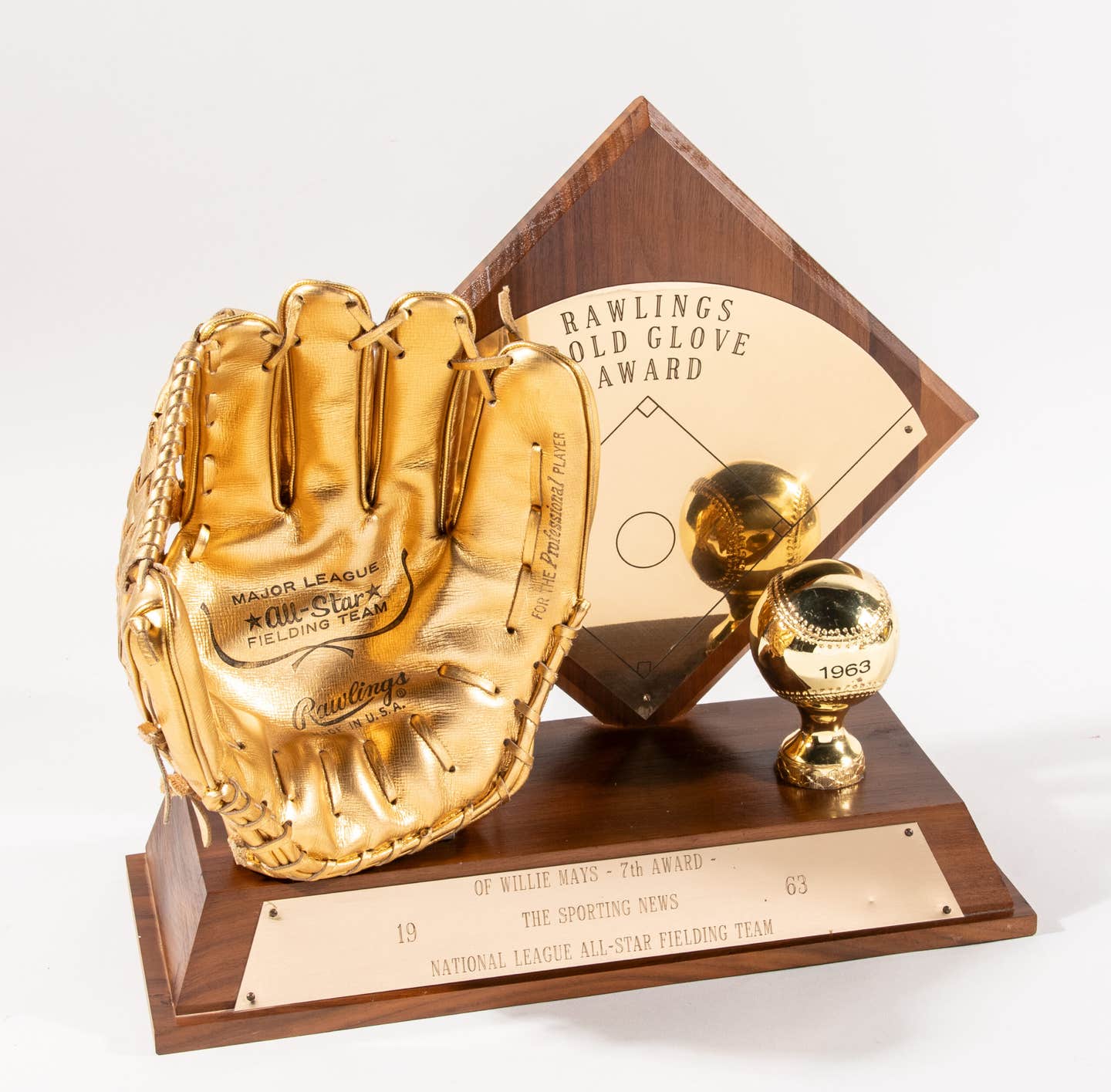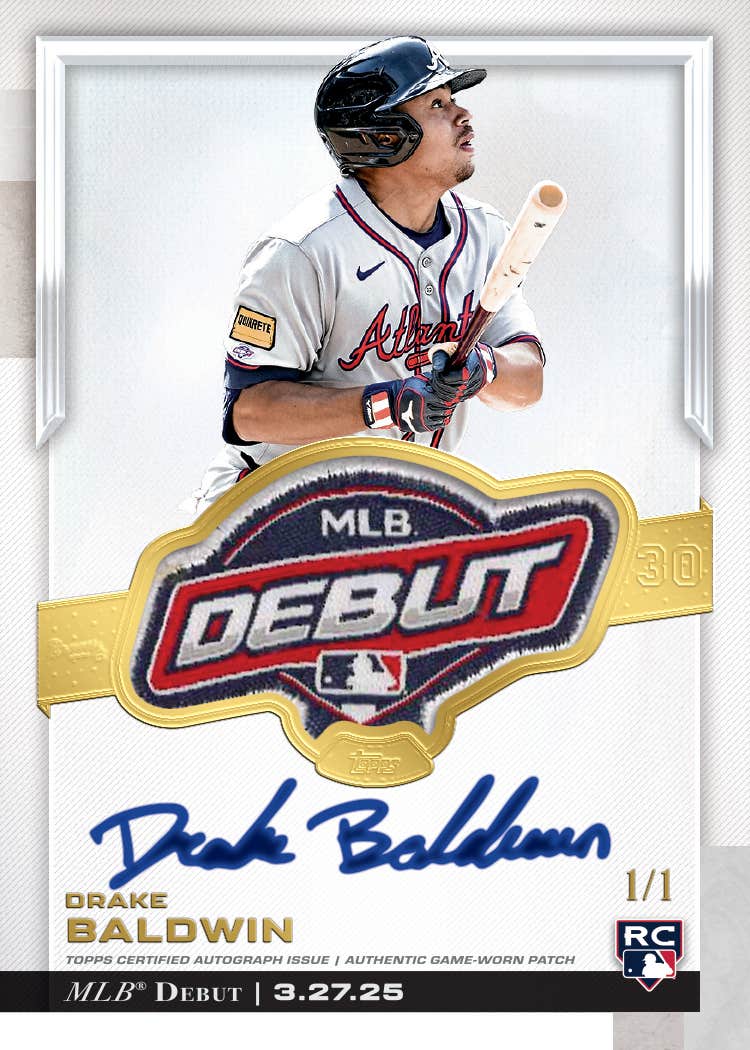Featured
Signature Study: Alexander Cartwright
By Ron Keurajian
For years, a great debate raged as to the origins of the National Pastime. Who invented baseball?
Some credited a book salesman from New York named Alexander Cartwright. General Abner Doubleday gets the nod from many historians. Others, including President Teddy Roosevelt, promoted sports writer Henry Chadwick. Yet others claimed it wasn’t an American invention at all but a game that could be traced back to England.
In 1905, the elder statesmen of Major League Baseball, including Hall of Famer Albert Spalding, formed the Mills Commission to answer once and for all who invented the game of baseball. The Commission, chaired by former National League President Abraham Mills, consisted of six other prominent figures of the game including fellow League Presidents Morgan Bulkeley and Nicholas Young. Alfred Reach, Hall of Famer George Wright, Art Gorman and John E. Sullivan, president of the old Amateur Athletic Association, rounded out the Commission.
The Commission conducted months of exhaustive research. Their evidence included the eyewitness testimony of noted mining engineer Abner Graves. Graves had been present at that first game in 1839 in Cooperstown. He witnessed Abner Doubleday lay the groundwork for the game of baseball. In 1905, the Commission pronounced General Doubleday as the Father of Baseball. Graves’ testimony proved key and, to this day, remains the only concrete evidence of the origins of the game.
In recent years, a few revisionist “historians” have tried to dethrone Doubleday as the Father of the National Pastime in favor of Henry Chadwick, Alexander Cartwright or, for all I know, Mr. Haney from Green Acres. Much to the dismay of the revisionists, Major League Baseball, in a September 2010 statement released by Commissioner Bud Selig’s office, reaffirmed General Doubleday as the man who invented the game of baseball.
Though Cartwright did not invent the game, he made many important advances and is considered the Father of Modern Baseball. For his efforts, Cartwright was inducted into the National Baseball Hall of Fame in 1938. It should be noted that those same historians have now set their sights on Cartwright, trying to discredit his role in the National Pastime.
Cartwright’s signature study
Cartwright signed in a stunning hand. His signature is one of the finest of all the Hall of Famers.
His signature evidences sound letter construction. Well-formed letters and effortless strokes create a signature with maximum eye appeal. Cartwright’s hand produced strokes of marked thickness. The result is a signature with a whimsical 3-D-like effect. His signature is dominated by large striking letters. Cartwright would usually finish off the signature with a bold and complex paraph. It is an autograph that dominates the medium it is placed upon.
Most signatures are signed as “Alex J. Cartwright,” but on occasion he would sign his first name as “Alx.” Cartwright’s hand remained strong his entire life. A genuine signature will evidence no shakiness of hand and one that does should be considered suspect and be avoided.
Cartwright is a rare signature on a per se basis. His signature is generally limited to signed documents, letters and a handful of bank checks. Many signed documents are written in the third person and signed in the body of the document. An example would be “. . . paid to Alex. J. Cartwright the sum of fifty dollars.” A couple of signed books from Cartwright’s personal library are in the market. These, however, are considered extremely rare. I know of no signed photographs, gum cards or baseballs.
Due to the complex and artistic nature of Mr. Cartwright’s hand, his signature is very difficult to replicate. Well-executed forgeries rarely surface. As of this writing, I know of only one forger who can replicate Cartwright’s hand with a high degree of accuracy. Most forgeries tend to exhibit a labored appearance and are exposed with little examination.
There are a handful of well-executed forgeries in the market all produced by one forger. A few years back, some nicely executed presidential forgeries were offered for sale on eBay. Among them were George Washington, Thomas Jefferson and James Madison. The seller resided in Germany. This seller was also auctioning off a Cartwright signature that was dated “July 1861.” The forgeries were convincing but all evidenced a very slight hesitation. The forger came close to replicating the hand but could not master the proper hand speed.
There is another type of medium that needs to be discussed, as many collectors have purchased what they believed was a genuine Cartwright signature only to find out later that it was a 19th-century version of a facsimile.
Cartwright was a prolific letter writer. He penned a countless number to friends, family and business associates. While most have been lost to history, a record of these writings have survived. Cartwright made copies of his letters by using a letter-press. A freshly penned letter is placed on the press. A thin sheet of translucent paper, known as onion skin, is placed over the letter. The press compresses the two sheets of paper together. The wet ink from the original is transferred to the onion skin. The result is a readable copy.
Throughout the years, many of these copies have been sold as genuine. They, of course, are not and are of marginal value. A genuine Cartwright ALS can sell for $10,000. A letter-press copy will sell for only $50-$100.
If you run across a Cartwright letter, chances are close to 100 percent it is one of the letter-press copies. They are easily identified with examination. First, the paper is very thin. It is known as onion skin because of its flimsy and delicate nature. Secondly, the ink was transferred by a press. As such, the lines are thicker, more uniform and slightly fuzzy in appearance. Upon magnification, the ink strokes are homogenous and lack the flow of genuine handwriting.
Archive material stolen
These letters have entered the black market. One historically significant letter was stolen out of the state Archives of Hawaii. It was a letter written to fellow Knickerbocker teammate Charles DeBost. The letter is dated 1865. It is apparent that many of these letters were stolen from the State Archives. Many of the Archive letters feature an oval stamp near the top or bottom of the letter that reads “Archives of Hawaii.” If you happen to run across one of these letters, avoid purchasing it and notify law enforcement.
Unfortunately, the stamp was usually placed near the edges of the letter. Many times the stamp is simply trimmed off. An irregularly trimmed Cartwright letter-press letter is very likely due to the stamp being cut away to prevent identification. According the Luella Kurkjian, branch chief of Historical Records for the state of Hawaii, many letters in the possession of the state were not stamped.
Cartwright letters should be examined carefully, as title issues may exist.
On July 12, 1892, Alexander Joy Cartwright died. He was 72 years old. His many innovations have proven invaluable to the game we know today as baseball. Cartwright’s signature is a rare and welcome addition to any autograph collection and a wonderful link to the birth of the National Pastime.
Ron Keurajian is a freelance contributor to SCD. He can be reached at chesbro41@aol.com.








